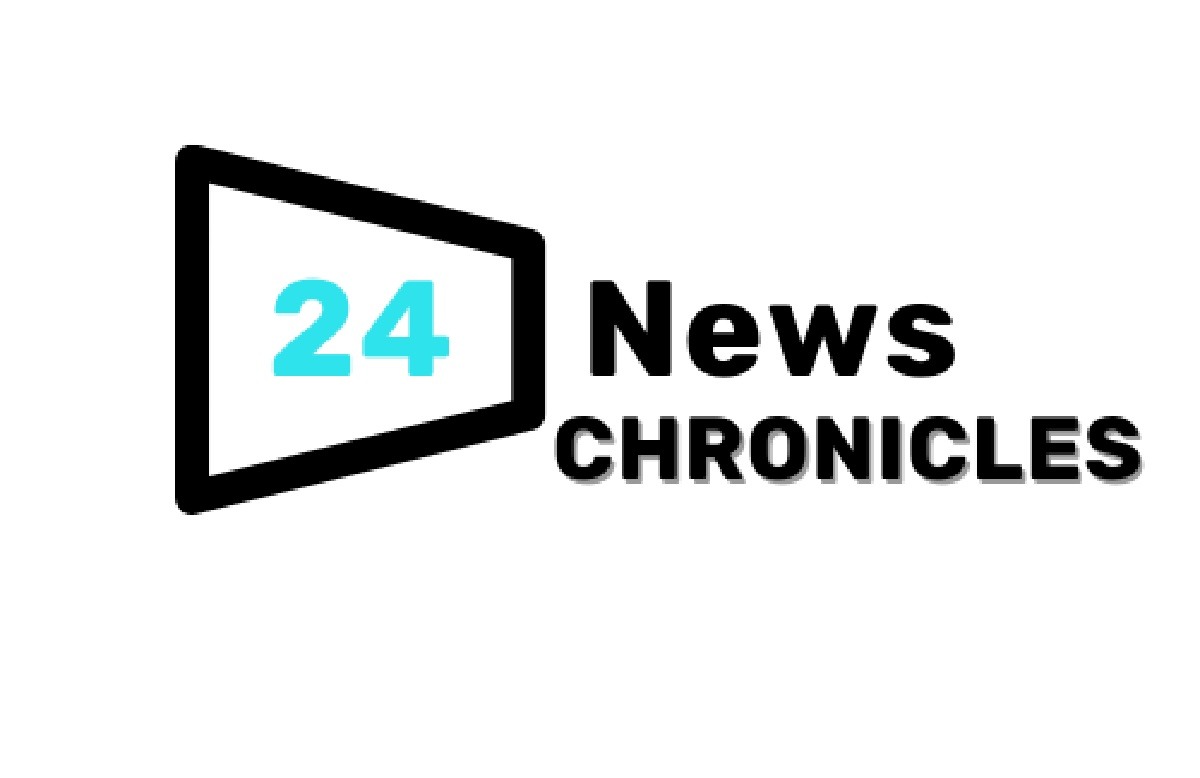In 2023, both Flutter vs. React Native continue to be popular frameworks for developing cross-platform mobile applications. The choice between the two depends on various factors such as project requirements, development team expertise, performance needs, and ecosystem support. Here’s a comparison to help you make an informed decision:
Flutter:
- Developed by Google, Flutter uses the Dart programming language and provides a rich set of pre-designed UI components called widgets.
- It offers a reactive and declarative approach to building user interfaces, enabling faster development and hot-reload for quick iterations.
- Flutter applications can achieve native-like performance as they compile to native code, eliminating the need for a JavaScript bridge.
- It provides a consistent UI experience across platforms and allows customization to match the platform-specific design guidelines.
- Flutter has a growing community and extensive documentation, making it easier to find resources and get support.
Want to know more about Flutter then click on this link: What is Flutter
React Native:
- Created by Facebook, React Native uses JavaScript and leverages the popular React library for building user interfaces.
- It allows developers to write code once and deploy it on multiple platforms, sharing a significant portion of the codebase.
- React Native apps use a bridge to communicate between JavaScript and native components, which can introduce slight performance overhead.
- It provides access to a wide range of ready-to-use third-party libraries and components from the React Native ecosystem.
- React Native has a large and active community, with many open-source packages available for common functionalities.
Choosing the best framework depends on your specific needs. Here are some considerations:
- Performance: If performance is a critical factor for your application, Flutter’s compiled-to-native approach may provide better performance compared to React Native’s JavaScript bridge.
- Development Speed: Flutter’s hot-reload feature allows for faster iterations and quicker development. React Native also offers a fast development experience but might have slight overhead due to the bridge.
- Platform-specific Design: If you require a highly platform-specific design, Flutter allows for greater customization to match the platform’s guidelines. React Native also offers platform-specific UI components but might have some limitations.
- Community and Ecosystem: Both frameworks have active communities, but React Native has been around longer and offers a larger ecosystem of third-party libraries and components.
Ultimately, the best choice depends on your project’s specific requirements, your team’s familiarity with the technology stack, and the trade-offs you are willing to make. It may be beneficial to consider prototyping or conducting a small proof-of-concept using both frameworks to assess which one aligns better with your needs.
Learn More: How to Become an Android Developer






